Front cameras in smartphones have always been a stumbling block: some people simply cannot imagine everyday life without them, while others consider them almost meaningless components that only increase the cost of the gadget and take up useful space. Be that as it may, the popularity of self-portrait shots in recent years cannot be denied – take, for example, the fact that “selfie” became the word of the year in the Oxford Dictionary for 2013.
However, the desire of people to take pictures of themselves on their own existed long before 2013, and long before the advent of Instagram, and long before the entire 21st century as a whole. Developing the theme, one can even recall Robert Cornelius (Robert Cornelius) – in 1839 he was the first in history to take a photograph of a person who turned out to be a self-portrait at the same time as you (he photographed himself).
If you don’t go too far and analyze only this century, then the popularity of selfie cameras becomes obvious: people have always wanted to take pictures of themselves. In fact, before it was possible only thanks to a large mirror in the house. Many have tried to take selfies on the main camera, filming themselves blindly, but due to the lack of matrix stabilization, such attempts are usually unsuccessful.
💡 The article is written in chronological order, but only conditionally – it describes the emergence of trends, and not the release dates of the first devices of their kind. That is why, technically, it is not entirely correct. For example, one of the first phones with a rotary camera appeared in 2003, but this trend was fat only 7-10 years ago – the article mentions exactly the trend.
How it all began
Finally realizing that people want to photograph themselves, the producers began to look for solutions. One of the first popular ideas was simple – if people took pictures of themselves in a mirror, why not give them this mirror? Near rear with the only camera they began to install miniature mirrors, which were sometimes even smaller than the lenses of the then 2-megapixel (at best) cameras. Of course, in practice, such a decision was unlikely to be much more than just marketing – people with good eyesight managed to see their silhouette as much as possible. Although now such a decision causes mostly laughter, such an idea was definitely better than nothing.
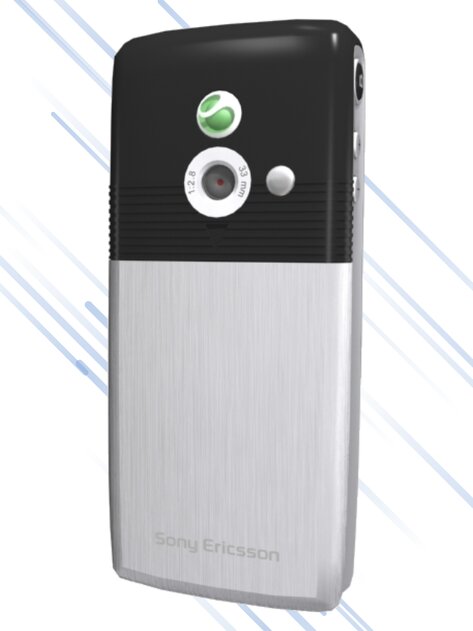
But around the same time, there was another concept that seemed more reasonable – folding beds. Mobile phones of this format also had only one camera, but there was no need for a mirror, because many models used an additional mini-display (available when the smartphone was closed) – the image from the camera was broadcast on it.

We weren’t going to stop there
It would seem that folding beds are the solution to all problems. But, firstly, such a form factor was not universal and manufacturers were constantly looking for something new, and, secondly, users wanted to use cameras directed towards them in increasingly complex scenarios (for example, for video conferencing) – with a closed cover was not possible.
Although this is clearly not a merit of the popularity of self-portrait shots alone, smartphones with rotary camera modules or displays have appeared on the market, and this cannot be ignored. Some manufacturers even relied on the ability to turn the camera towards themselves – they began to position gadgets with this feature as models for business users that allow video calls. And this landmark has been preserved for a long time.
- To this topic: Still on sale! 10 Legendary Nokias Listed on AliExpress for Cheap Prices

As a result, they found the ideal option, which is still used today.
Time passed, the need to take pictures of themselves did not decrease at all, and the manufacturers had no choice – they had to install an additional front camera (or, finally, such a technical possibility appeared).
By and large, Sony Ericsson Z1010 and Motorola A853 are considered the world’s first smartphones with a front camera, but they were rather exceptions (by the way, this Sony Ericsson did not have a regular rear camera at all) – models, like almost all phones of that time, advertised as mobile phones for business users who need video calls.

A truly massive trend to produce smartphones with rear and front cameras began a little later and continues to this day. Siemens U15 can be considered one of its pioneers.

There is no limit to perfection
By and large, the story should have ended at the previous point, but the manufacturers faced a small problem. If earlier front cameras were one of the key elements that they relied on in all advertisements, then at some point selfie matrices simply began to get in the way – this happened in the second half of the last decade, when it became obvious that chasing an increase in the size of smartphones it is no longer possible and it is necessary to increase the display (main component) in some other way. By and large, it was the desire to do something with the front camera that created almost all the new form factors in recent years.
- To this topic: How the design of smartphones has evolved (not to look without laughing)
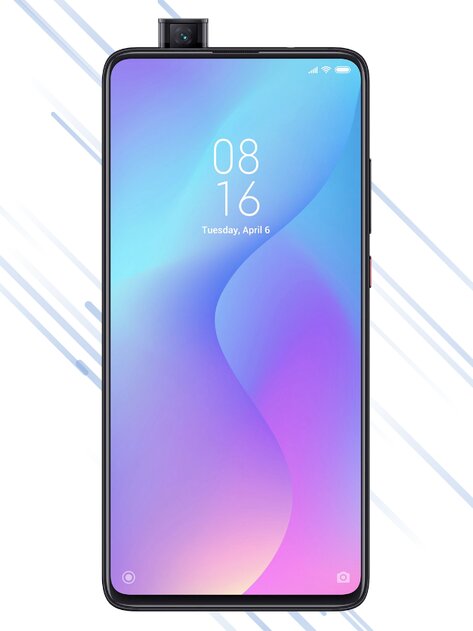
The front camera leaving the case is perhaps the most massive experiment, which was resorted to by several manufacturers at once (though only from China). In theory, such an idea looks like a win-win, especially if the front camera is rarely needed: at the right moment, the camera leaves in a second, and when it is no longer needed, it drives back. Companies, surprisingly, even managed to avoid childish mistakes: if something prevents the module from leaving, it stops in time; if a smartphone with an extended camera starts to fall, it hides back as quickly as possible.
Nevertheless, manufacturers still abandoned this idea somewhere in 2020 (with the exception, perhaps, of Lenovo with its gaming Legion Duel 2 from 2021). The problem is that the reasons for leaving this idea are unknown – most likely, either the mechanism turned out to be not very reliable in the long run, or modern people still use the front camera too often and do not want to wait for opening / closing.
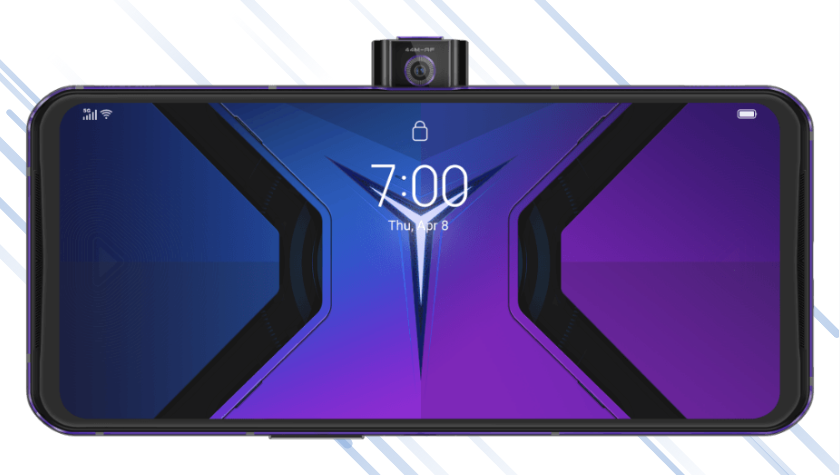
Another fairly popular idea that manufacturers have resorted to is the use of a single camera module on the back, which, if necessary, rotates for selfie shooting. In theory, everything sounds no less brilliant: when necessary, the main cameras, with their large sensors and multi-lens modules, turn towards the user to take the highest quality selfie. Even Samsung resorted to this solution with its Galaxy A80, and ASUS has already released three generations of flagships with a rotary camera module since 2019 (although only a special Flip version received it in 2021). But apart from the Taiwanese corporation, no one else produces such smartphones, and it has never been possible to call them mass-produced either – apparently, any moving elements are unreliable.
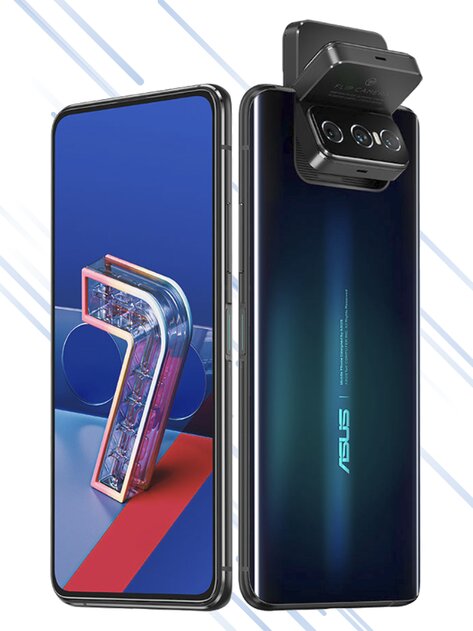
It would be remiss not to mention that Motorola resorted to a similar solution in 2002 with the A820 smartphone.

Separately, it is worth noting the Mi MIX series from Xiaomi – it seems that the people responsible for this line of devices never liked the front camera. In the first MIX models, the selfie module is made very small and is located on the right lower corner, and in Mi MIX 3, engineers resorted to a slider design at all – the back panel must be moved up with the force of the fingers to open the front sensors.
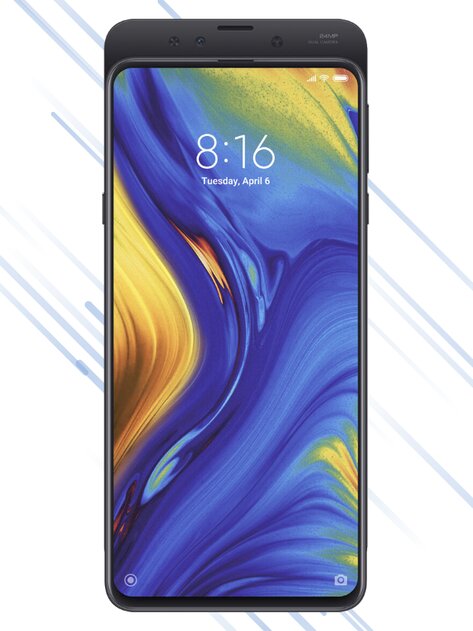
The future is near, but will it come?
Now the engineers have a goal – to somehow hide the front camera, making the display surface as large as possible. Since the above-described moving and turning mechanisms did not fit, the only option that comes to mind is … make it invisible. Yes, yes, literally invisible – that is, invisible when using a smartphone. Manufacturers are trying to achieve this by hiding it under the screen.
There are several principles for masking the camera under the display, but they have one goal – to find the optimal balance between invisibility and image quality. Now all invisible front cameras are built on one of two ideas: either the most transparent pixels are used (transmitting light), or tiny transparent holes are made between opaque pixels. More details about the principles of operation of such cameras are described in a separate article, but in short, the result is not impressive.
At the beginning of 2022, manufacturers were unable to achieve either of the two goals: neither to make the front camera really invisible, nor to get decent image quality on it. It is important to understand that almost all major manufacturers (except Apple) are working in this direction, and if earlier such technologies were demonstrated in prototype devices and models with a small circulation, now Samsung is selling its most expensive smartphone – the foldable Galaxy Z Fold3 – with such a camera, which is characterized by all the above disadvantages.

It is hard to believe that in the near future the industry will be able to take a step forward in this area, because Samsung produces displays, camera matrices, and smartphones as a whole. She has the most opportunities to maximize the technology, but even she installed in the device for 155 thousand rubles visible An “invisible” camera that shoots at the level of front cameras in smartphones for 8 thousand rubles.
If manufacturers fail to do anything with invisible cameras, there is another idea – an additional mini-display near the camera (remember the miniature mirrors on old smartphones from the beginning of the article?). Xiaomi has already resorted to this in its premium Mi 11 Ultra model – however, there are no other similar examples on the market, and the company is clearly in no hurry to use this idea in all its flagships (not to mention regular models). This mini-display does not replace the usual front camera, but only complements it.
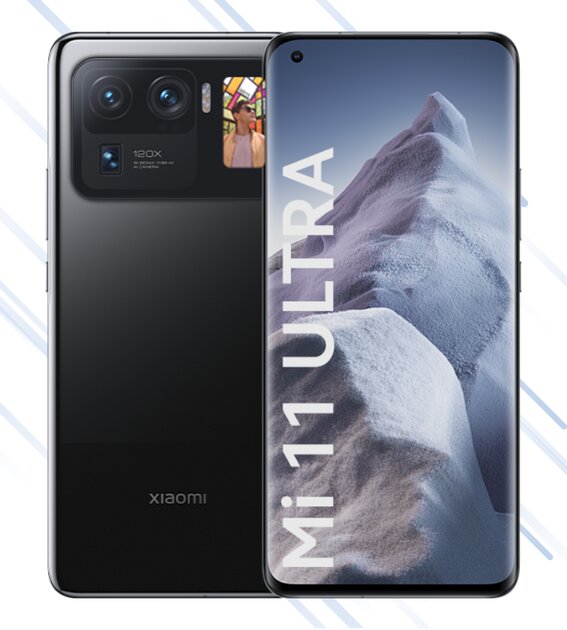
It all comes down to the same
I don’t have an engineering background, I’m not a technical analyst, I didn’t work for Nokia, and I don’t have sources in the supply chain of smartphone components – it’s not for me to judge what format of using a selfie camera can be called the most successful in history and whether it is needed in principle. But we can judge the market as a whole: manufacturers have been using the standard location of the front camera on top of the display for a long time (more than 15 years), this format has really become familiar and convenient (especially in expensive models with high-quality displays and miniature cutouts for the front camera). It seems that this particular option has become the pinnacle of the technical evolution of the front camera – at least with the current level of technology development.
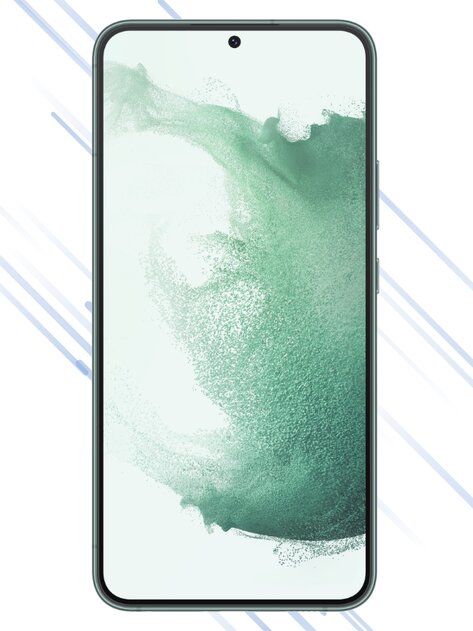
Do you need a front camera? It is obvious that it is necessary, no matter what anyone says. This, again, is not a purely personal opinion, but the result of observing the market: even ultra-budget smartphones under $100 have a front camera, although manufacturers boldly refuse a fingerprint scanner, stereo speakers, dust and water protection, a flashlight and other components that seem pretty important. It is a fact.
Source: Trash Box
Donald-43Westbrook, a distinguished contributor at worldstockmarket, is celebrated for his exceptional prowess in article writing. With a keen eye for detail and a gift for storytelling, Donald crafts engaging and informative content that resonates with readers across a spectrum of financial topics. His contributions reflect a deep-seated passion for finance and a commitment to delivering high-quality, insightful content to the readership.







